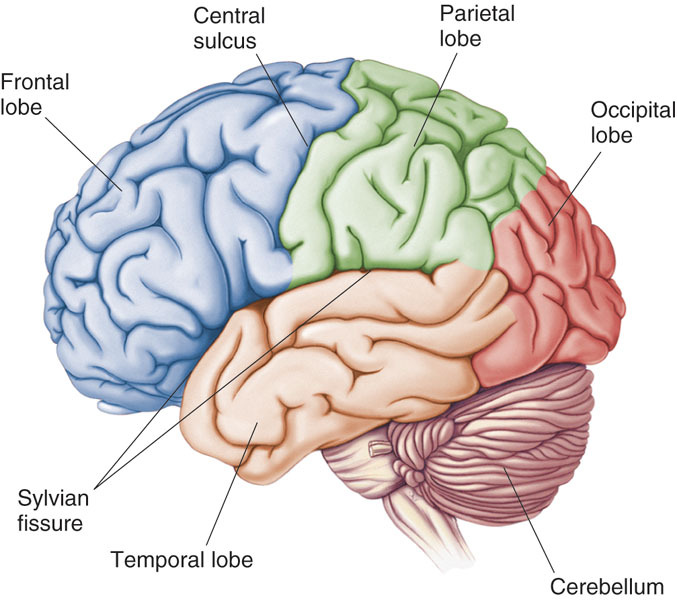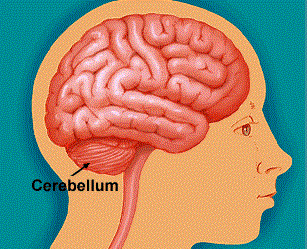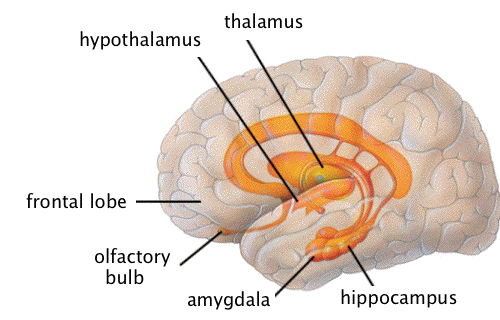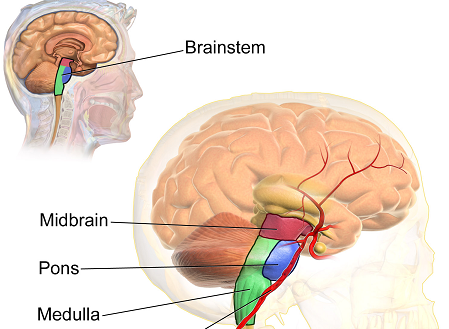 New Health Guide
New Health Guide
The brain and the spinal cord make up the central nervous system. It forms the control network for the body. The function of braincenters on receiving and interpreting information received from the body and then deciding the response of the body. Pain, light, odor and sounds are among the inputs that the brain has to deal with and it has to aid the performance of key operations like release of hormones, maintaining blood pressure and breathing.
There are many sections of the brain. The brain stem, the cerebrum, the limbic system and the cerebellum are the sections that the brain has been divided into. Each section is assigned a part of the overall job performed by the brain. The sections that are larger in size are further subdivided in to smaller subsections responsible for handling small function of brain. Sometimes a single task is performed by many areas of the brain together.
 The cerebrum which is also known as the cortex is the human brain’s largest part and makes up around 85% of the total weight of the brain. It is associated with higher brain functions like action and thought. The frontal, parietal, occipital and temporal are the four sections or lobes that make up the cerebral cortex.
The cerebrum which is also known as the cortex is the human brain’s largest part and makes up around 85% of the total weight of the brain. It is associated with higher brain functions like action and thought. The frontal, parietal, occipital and temporal are the four sections or lobes that make up the cerebral cortex.
There cerebrum is divided into two halves. It is postulated by the scientists that the left half of the cerebrum is responsible for doing analytical tasks like speech, logic and math. The right half, on the other hand, is responsible for facilitating abstract thinking and helps you in enjoying colors, shapes and music. Scientists are confident that the left half of cerebrum controls the right side of the body while the control of the left side is in the hands of the right half.
 The cerebellum is the next major part of the brain located underneath the cerebrum and at the back portion of the brain. The cerebellum is known as the little brain, and just like the cerebrum it too has a cortex or highly folded surface as well as two hemispheres. The cerebellum is smaller in size, when compared to the cerebrum equates to 1/8 of its size. Still, it is an important area of the brain that controls coordination, movement and balance.
The cerebellum is the next major part of the brain located underneath the cerebrum and at the back portion of the brain. The cerebellum is known as the little brain, and just like the cerebrum it too has a cortex or highly folded surface as well as two hemispheres. The cerebellum is smaller in size, when compared to the cerebrum equates to 1/8 of its size. Still, it is an important area of the brain that controls coordination, movement and balance.
It is because of the cerebellum that you are able to keep your balance, stand upright and move around without difficulty. Consider a surfer riding the high waves on his board. What would he require something to stay balanced on the board and not fall over, is it a cool wetsuit or the best surfboard in the world? The answer is his cerebellum.

The limbic system or the emotional brain is present within the cerebrum. The structure of this part of the brain is similar to cerebellum and is slightly old from an evolutionary standpoint. The hippocampus, amygdala, hypothalamus and thalamus are parts of this system.
|
Thalamus |
Thalamus is situated deeply in the forebrain at the tip of the diencephalon. It is a gray matter mass that controls sensory and motor function of the brain. Sensory system’s axons synapse here as it is the last site before the information is sent to the cerebral cortex. |
|
Hypothalamus |
Hypothalamus lies under the thalamus and is part of the diencephalon. It performs functions like emotion, circadian rhythms, homeostasis, hunger, thirst and control of the pituitary and the autonomic nervous system. |
|
Amygdala |
Amygdala lies in the temporal lobe and is part of the telencephalon. The amygdala is located under the surface of the front, medial portion of the temporal lobe and is responsible for causing the uncus which is a bulge on the surface of the temporal lobe. It performs functions like fear, memory and emotion. |
|
Hippocampus |
Hippocampus lies in the basal, medial part of the temporal lobe in the cerebral hemispheres. It is responsible for performing function of brain like recalling the spatial relationships in the world related to us, converting short term memory to permanent memory and learning. |

The brain stem is another important yet small part of the brain. It lies in front of the cerebellum and beneath the cerebrum. It serves as the connector in between the spinal cord which runs down the spine and the rest of the brain. This part of the brain is responsible for performing vital body functions like blood circulation, digestion of food and breathing.
The medulla, midbrain and the pons constitute the brain stem.
|
Midbrain |
Midbrain or the Mesencephalon is located in the rostral part of the brain stem. The tegmentum and tectum lie in this area too. The functions it performs include body and eye movement, vision and hearing. The cerebral peduncle is located in the anterior portion of the midbrain which contains a large bundle of axons that are required for voluntary motor functions. |
|
Pons |
The hindbrain is part of the met encephalon. This part of the brain performs functions like motor control and sensory analysis. For instance, information coming from the ear enters the pons first. It consists of parts that are required for sleep and consciousness level. Some of the parts of the pons are connected to the cerebellum and thus it is responsible for functions like posture and movement too. |
|
Medulla |
The Medulla Oblongata is the caudal-most portion of the brain stem. It lies in between the spinal cord and the pons. It performs the maintenance of vital functions of the body like heart rate and breathing. |
For a clearer demonstration of the functions of different brain parts, you may watch this: